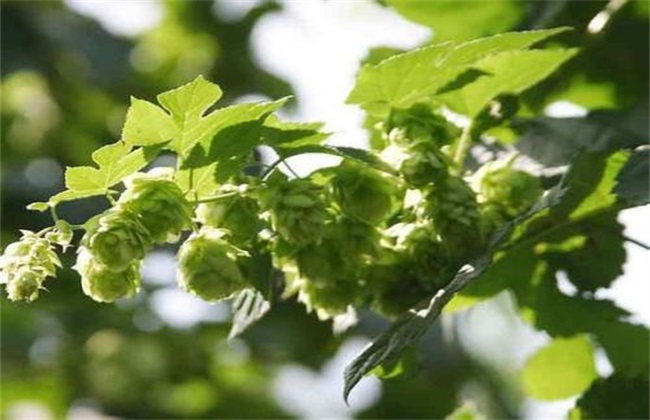Culture methods and matters needing attention of poinsettia
Poinsettia is an evergreen shrub with smooth stems and green twigs. Its flowers are composed of leaflike and brightly colored bracts, while the real flowers are a group of small yellow-green flowers in the middle of the bracts. It is widely cultivated in most areas of our country, and it is common in parks, botanical gardens and greenhouses, so how to raise poinsettia? Let's get to know it.

1. Soil selection
Poinsettia has certain requirements for soil, requiring fertile soil and good drainage performance, but also thinking about pollution-free, odorless soil, cultivation substrate is often peat-based, adding perlite, vermiculite, ceramsite, sawdust, bark, river sand and other substances to mix, after high-temperature disinfection, keep the pH value between 5.5-6.5.
2. Temperature and light
Poinsettia is a subtropical zone, like to grow in the sun, its stems and leaves in the growth process of sufficient light, then it can promote the growth of its stems and leaves. To maintain less than 12 hours of light every day in order to normal flower bud differentiation, flower bud differentiation is more sensitive to red light, short-term or weak red light will affect the normal flower bud differentiation, so in flower bud differentiation it should prevent light irradiation. The suitable temperature for growth is 18-25 degrees, lower than 16 degrees will lead to slow growth, 13 degrees growth stagnation, can not withstand sub-zero temperature, in the case of strong wind, 5 degrees will appear frost damage, more than 29 degrees will be very disadvantageous to growth.
3. Watering and fertilization
During the growth period, poinsettia is more sensitive to fertilizer and water, uneven watering, dry and wet will cause adverse reactions, too much watering, light leaves droop and fall off, heavy roots; insufficient watering will lead to leaf curling and withering. Watering should be dry and wet, according to plant size and climate change. High temperature in summer, exuberant plant growth, large water demand, should be watered once every morning and evening. Poinsettia likes fertilizer, mainly nitrogen fertilizer before growth, and when it is close to flowering, it is necessary to increase the application of phosphorus and potassium fertilizer to make the bracts grow bigger and more colorful, but each fertilization should not be too thick, let alone raw fertilizer, and water should be irrigated the next morning after fertilization.
4. Points for attention
Poinsettia is sensitive to water, its stems and leaves can grow rapidly as long as there is enough water in the growing period, on the contrary, if there is not enough water or drought, it will cause leaves to fall off, so controlling the moisture of poinsettia directly affects its growth and development. Poinsettia is a light-loving flower that grows healthily under strong light. Except for shade and cooling in summer, it is advisable to have plenty of light in other seasons.
The above is the introduction of poinsettia culture methods and matters needing attention. I hope it can help you. If you want to know more about it, please follow us.
Related
- Fuxing push coffee new agricultural production and marketing class: lack of small-scale processing plants
- Jujube rice field leisure farm deep ploughing Yilan for five years to create a space for organic food and play
- Nongyu Farm-A trial of organic papaya for brave women with advanced technology
- Four points for attention in the prevention and control of diseases and insect pests of edible fungi
- How to add nutrient solution to Edible Fungi
- Is there any good way to control edible fungus mites?
- Open Inoculation Technology of Edible Fungi
- Is there any clever way to use fertilizer for edible fungus in winter?
- What agents are used to kill the pathogens of edible fungi in the mushroom shed?
- Rapid drying of Edible Fungi



